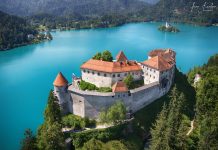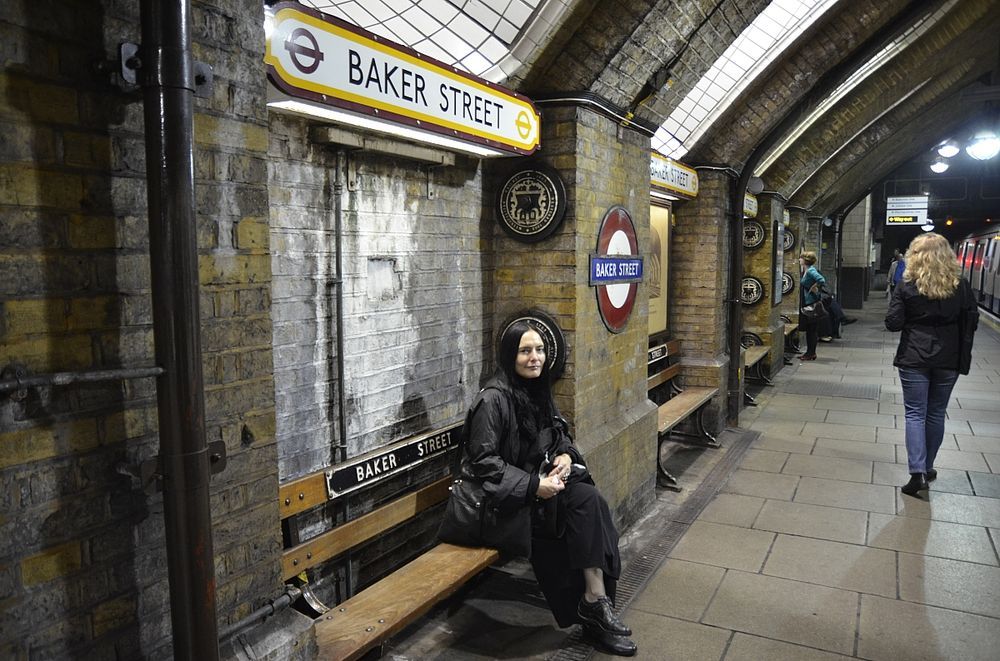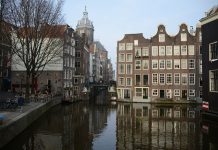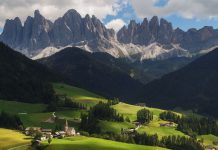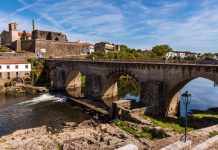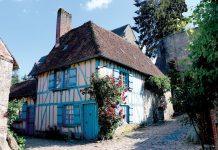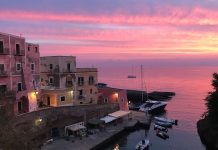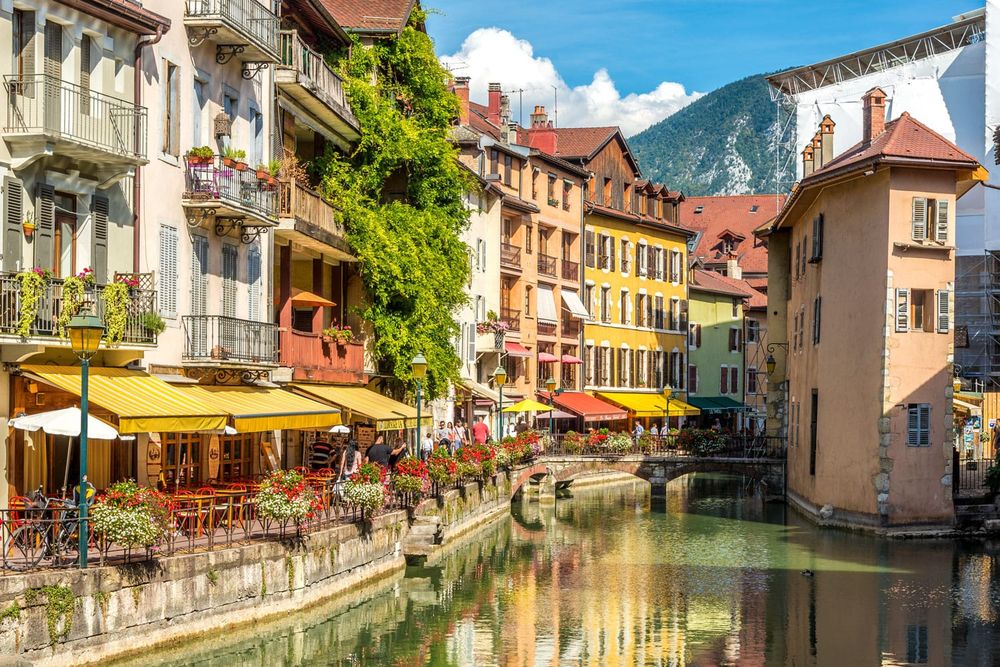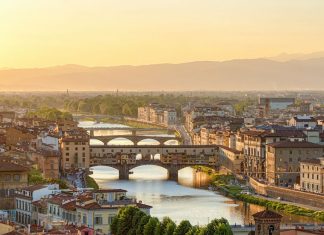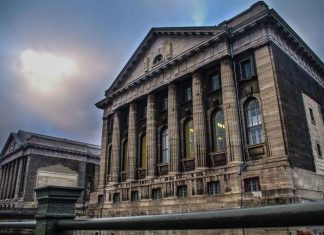LYON is physically the second biggest city in France, a result of its uncontrolled urban sprawl. Viewed at high speed from the Autoroute du Soleil, the impression it gives is of a major confluence of rivers and roads, around which only petrochemical industries thrive. In fact, from the sixteenth century right up until the postwar dominance of metalworks and chemicals, silk was the city’s main industry, generating the wealth which left behind a multitude of Renaissance buildings. But what has stamped its character most on Lyon is the commerce and banking that grew up with its industrial expansion. It is this that gives the town its staid, stolid and somewhat austere air.
The city is now busy forging a role for itself within a new Europe, with international schools and colleges, the new HQ for Interpol, a recently inaugurated eco-friendly tram system, a second TGV station with links to the north that bypass Paris, and high-tech industrial parks for international companies making it a modern city par excellence . More so than any other French city, it has embraced the monetarist vision of the European Union and is acting, with some success, as a postmodern city-state within it.
Most French people would find themselves in Lyon for business rather than for recreation: it’s a get-up-and-go place, not a lie-back-and-rest one. You probably wouldn’t plan a two-week stay – as you might in Provence’s cities – but Lyon certainly has its charms. Foremost among these is gastronomy ; there are more restaurants per Gothic and Renaissance square metre of the old town than anywhere else on earth, and the city could form a football team with its superstars of the international chef circuit. While the textile museum is the second famous reason for stopping here, Lyon’s nightlife, cinema and theatre (including the famous Lyonnais puppets), its antique markets, music and other cultural festivities might tempt you to stay at least a few days. In addition it has been long established as the home of major biennial festivals of art and fashion.
Lyon is organized into arrondissements , of which there are nine. A visit to Lyon will necessarily take you into the Presqu’île (1e and 2e arrondissements ), the area between the Rivers Saône and Rhône, and you are more than likely to spend some time in Vieux-Lyon (5e) on the west bank of the Saône, as well as the east bank of the Rhône (3e), including the modern development known as La Part-Dieu.

